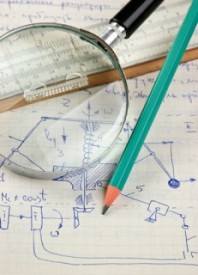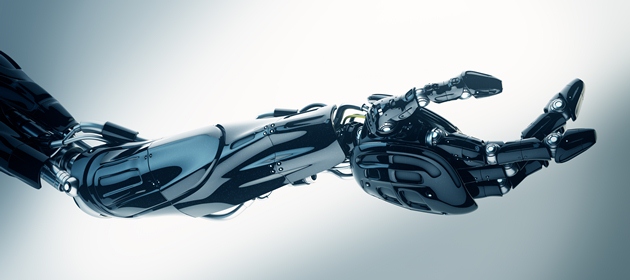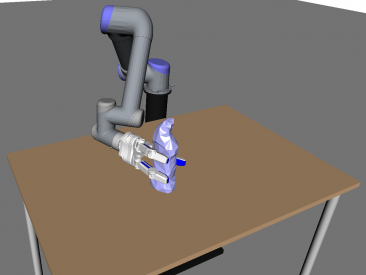Fields of competence

ROBOTNOR represents a unique synergy of academic and industrial expertise which allows us to counsel and comprehend a wide variety of tasks and projects. Our fields of competence are numerous and diverse.

Grasping is an essential part of most modern production systems. ROBOTNOR is developing new grasping solutions aimed towards increased flexibility in production lines of tomorrow and significant savings in production costs.
From an early age, children learn to pick up and interact with objects they are interested in. To do this, they need to perform many complex steps. First, they need to identify the object they want to lift. Second, they need to figure out how to place their hands in order to lift the object in a way that allows them to perform their desired action. Third, they need to grasp the object with a certain amount of force – they want to be able to pick up an object without damaging it. Last, they need to move the object in such a way that it behaves the way they want. For example when moving a glass of water, they don’t want to spill the water.

Although this grasping process is a trivial matter for most humans, it is very challenging to transfer to a robotic system. Grasping is an essential part of the ROBOTNOR research activities, where we work with and further develop state of the art gripper systems and adapt these solutions for industrial usage. By using digital 3D models of objects, we can calculate grasps that might yield good results, and through a learning process, we can refine and adapt the suggested grasps so that the robot may perform the actions specified by the operator.
To grasp an object with a specified force, researchers can use grippers with force sensors in the fingertips. These sensors could be a single sensor, which allows the gripper to stop when the correct amount of force is reached, or a grid of sensors, which allows the gripper to sense if the grasped object is starting to slip.
In today’s autonomous industry, robots and other machines are highly specialized. Most autonomous systems are predefined to do one, and only one thing. A machine that moves an object from one position to another is often specialized to move only that exact object from that exact position. Introducing a new product in such a production linecan be very costlysince much time must be spent reprogramming robots, buying new specialized grippers, or in some cases even investing in new machines that are specialized to perform the new task.
Consumers today want more customization and products that fit their specific needs or wishes. This trend yields fewer units of the same product per batch, which is a challenge for automation since less time is available to build specialized systems for the production line. Consequently, the industry needs to move from specialized towards generalized approaches. Grasping based on digital 3D models (CAD models) is an important part of this generalization process . The grasping systems that are developed by ROBOTNOR researchers aim towards significantly reducing the time and cost needed to introduce new or switch between products in the production lines of tomorrow.